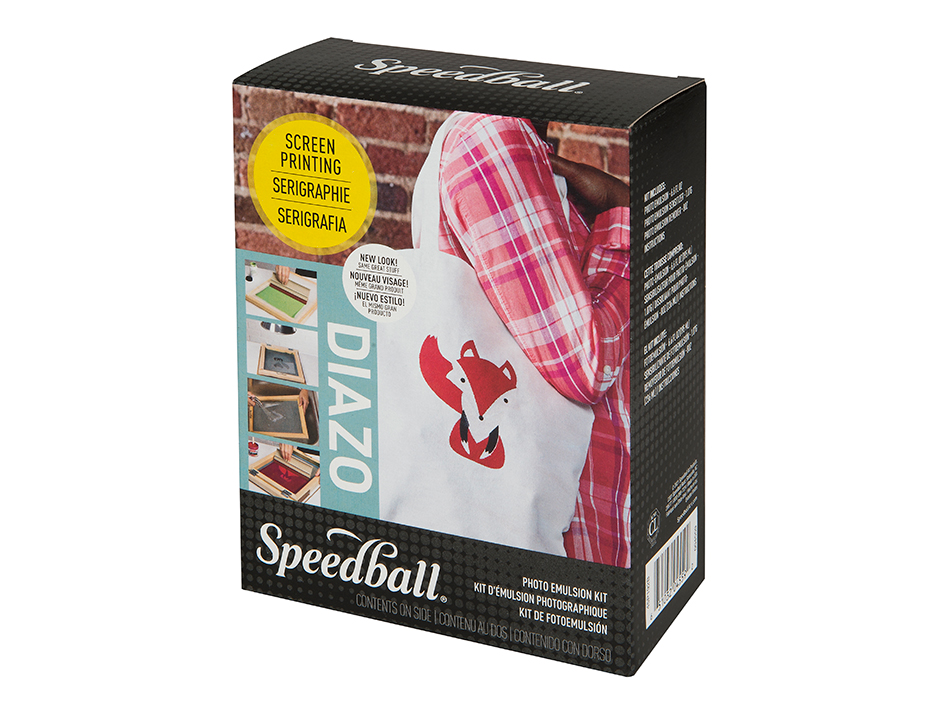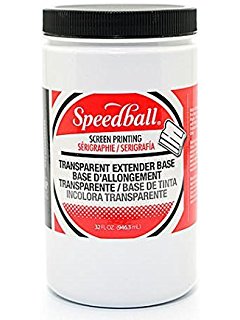

- #Emulsion time for 20x24 screen 160 mesh speedball emulsion how to
- #Emulsion time for 20x24 screen 160 mesh speedball emulsion series
Here’s the difference:Ĭontact paper: I hand cut a design into adhesive paper and apply it to the screen.
#Emulsion time for 20x24 screen 160 mesh speedball emulsion how to
This is nothing more than exposing the screen on the unit for 10 to 15 minutes or setting it in the sun for 5 minutes, why? During your initial exposure your only trying to burn the image on a screen and maintain detail, post-hardening will ensure a strong, long lasting screen.I get so many questions on how to clean a silk screen I thought I’d do a tutorial on it! There are two types of screens that I use over and over again: the contact paper stencil screen and the photo emulsion screen. After you have gone through all these parameters, found your time, washed, dried and blocked out your screen and ready to tape dont forget to post-harden your screen for strength and longevity. Be aware on finer detail you may want to cut back time to maintain the details. A properly exposed screen will have less slime on the inside as the exposure light has burned 75 to 90% of the emulsion. To determine the best exposure look for edge definition and degree of unexposed emulsion on the squeegee side while washing out. IMPORTANT: Always do your final washout from the SHIRT side of the screen as this is the side exposed. Wash out the screen as you normally would, completely wetting both sides the let it sit for a few minutes allowing the emulsion to soften (your washout room should be yellow lit as well) then spray softly again on both sides until you see your image washing out. Expose this section for 6 minutes and follow this procedure until ALL 4 sections have been exposed at the times indicated. Produce a piece of art with type, shapes and even some halftones and place it in the 4-minute section, cover the remaining 3 sections with the black sheet expose for 4 minutes.Īfter the initial exposure move your art and sheet to the next section, covering the 4-minute section with a light safe sheet as well, you only want the 6-minute section exposed to your light source.

Mark the screen and at the top of each section write 4 minutes, 6, 8 and 10. If your unsure of an exposure time perform a Step-Wedge test, this involves dividing your screen into 4 sections and marking each with a specific exposure starting with the manufacturers then increasing in increments of 2 minutes per section. Over time light sources weaken, especially HUV (Black light) units and to compensate you increase your exposure time but make sure your positive is OPAQUE! Screens that have been sitting over a couple of weeks and having the door opened and closed will pre-expose as well. Ive had screens ruined and exposed by keeping my screen box temperature too high. Screens that have been exposed OR subjected to excessive heat during drying will expose. How long has your screen been sitting and has it been exposed to any light before burning? If light is creeping through the black images of your film is NOT dark enough and will expose as the rest of the screen would, only slower. Was the positive opaque enough? (Could you see light through the film?) The troubleshooting begins at youre art Since youre early in the pre-press stages the answers to your problem are obvious and easy to repair, dont worry that you didnt recognize them as even the most seasoned printers overlook minor details. You exposed the screen, attempted to wash out with no results. You created the art, output the film and had a screen coated.Ģ. Concerning the problem of exposure and washout let's break it down into events.ġ.

#Emulsion time for 20x24 screen 160 mesh speedball emulsion series
After looking at the entire series of events youll find that art, screen, printing and troubleshooting will fall effortlessly in place.

Like anything else in life screen printing is a pragmatic series of events, you must look at it in each stage and determine the problem. If you are having problems exposing your screen or with your image washing out, we highly recommend watching these videos that help trouble shoot screen exposure problems. These videos cover most of the common issues with screen exposure. Screen exposure problems can be one of the most frustrating issues in the screen printing process.


 0 kommentar(er)
0 kommentar(er)
